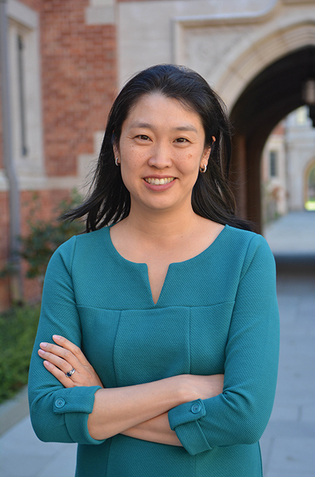

Michael Marsland
It’s usual to think that in the Mao era of China, from 1949 to 1976, objects in China held little importance. Poverty was rampant, rationing frequent, and the shift to communism meant that the state actively discouraged consumer culture. There have been some studies of propaganda objects, such as Mao badges, but most scholarship of Chinese material culture has glossed over that period.
The assumption that Mao’s China didn’t have a rich, complex material culture has now been turned on its head by a book of essays, Material Contradictions in Mao’s China—as well as a website, The Mao Era in Objects (https://maoeraobjects.ac.uk/). “Things do matter. People do think about objects. There is a circulation of goods,” says associate professor Denise Ho ’00, who coedited the book with Oxford historian Jennifer Altehenger. “I think this is the first volume of its kind that actually does study the material culture of the socialist period.”
One of the book’s biggest findings—thanks, paradoxically, to scarcity—is that certain objects took on even greater import. But their meanings could have multiple interpretations. Take bamboo, a material that the Chinese had been using for centuries. Under Mao, bamboo became political, touted as a homespun, patriotic way for making objects like furniture accessible to the masses. But there’s more than one way to decipher the message. “The state might say, ‘The use of bamboo is revolutionary.’ But people might use bamboo for other reasons,” says Ho. Consider “economy or accessibility, which would also be revolutionary”—though in a different way.
Ho’s essay on packages is another example. Under Mao’s Great Leap Forward, around 30 million people died of starvation and hardship. For many families, small packages sent by loved ones from outside of China, usually containing food and medicine, were lifelines. But by signifying contact with the outside world, a family could arouse suspicion, sometimes making them unwelcome. Ho found that the volume of packages sent would decrease during political campaigns—intervals when more people were punished for receiving objects from abroad.
Ultimately, says Ho, the book’s purpose isn’t just to delve into a rarely studied era of Chinese material culture. It’s also meant to humanize the people who experienced that era. “An everyday object like a jacket, a set of dishes, or a children’s toy brings us into the lives of people because it’s something that we recognize,” she says. “The object that allows you to picture a shared life is, for me, what brings history to life. So I’m happy if this book can shed light on this aspect of the Chinese experience.”
 loading
loading
